CRU acquires BCInsight’s industry publications
The ownership of Fertilizer International magazine transferred from BCInsight Ltd to CRU, the global commodities experts, at the start of the year.
The ownership of Fertilizer International magazine transferred from BCInsight Ltd to CRU, the global commodities experts, at the start of the year.

New regulatory developments in Europe are focusing attention on eliminating microplastic residues in soils by adopting biodegradable fertilizer coatings. Major technology licensors and engineering companies are also developing new coating technologies for controlled-release fertilizers (CRFs).

Fertilizer International presents a global round-up of phosphate rock, phosphoric acid and finished phosphates projects.

BHP has approved an investment of $4.9 billion (CAD 6.4 billion) in stage two of its Jansen potash project (Jansen Stage 2) in Saskatchewan, Canada.
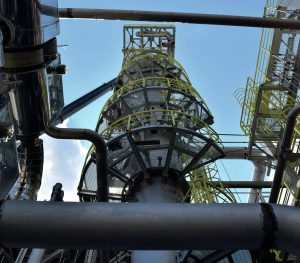
Low demand, high gas prices and cheaper Russian imports of urea and ammonia are keeping a lid on European fertiliser production, prompting fears of permanent plant closures. ICIS’s Deepika Thapliyal, Sylvia Tranganida, and Aura Sabadus examine the challenges faced by the sector and the potential long-term impacts on the European fertilizer industry.

Fertilizer International presents a global round-up of current potash projects.
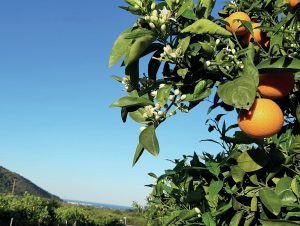
A proper fertilization programme is necessary to sustain both citrus productivity and soil fertility over the longer term. ICL agronomists Fabio Vale, William Wang, Patricia Imas and Francisco Morell outline the nutrient needs of citrus fruit – a regionally important crop in the Americas, Europe and China.
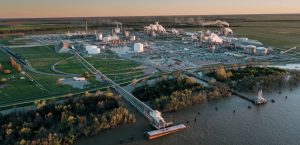
We report on fertilizer production, consumption and pricing in the US market. The country’s fertilizer industry, ranked fourth globally in terms of total production capacity, has grown and developed alongside its increasingly sophisticated domestic agricultural sector.
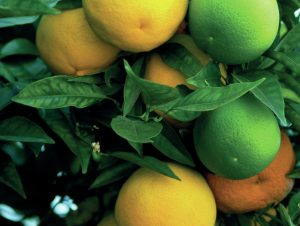
Citrus fruit growers are an attractive end-market for fertilizer suppliers due to the high K and N requirement of this widely-cultivated cash crop and the efficacy of fertigation and foliar spraying. We examine the nutrient needs of citrus trees and how balanced application of fertilizers helps maximise citrus fruit quality and yield.
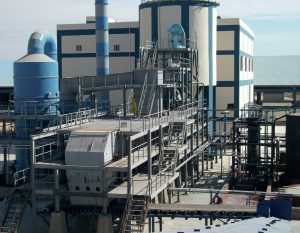
The cadmium and heavy metal content of sedimentary phosphates are of great concern. This has seen industry raw material consumption shift towards igneous phosphates or the blending of phosphate rocks from different sources. While rock blending can successfully reduce the heavy metal content of superphosphates, it needs to be accompanied by careful process adjustments, as Ian Hancock , Bradley Pulverizer’s vice president sales & operations, explains.